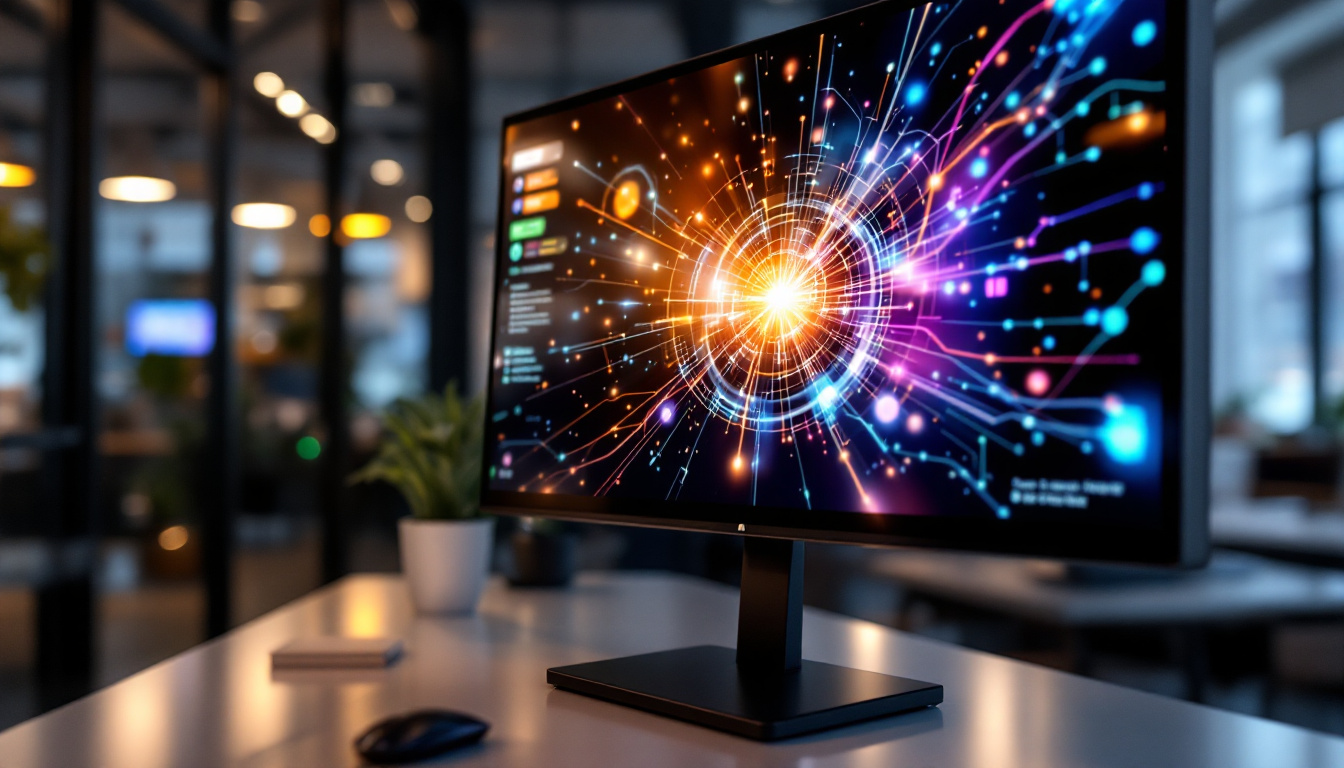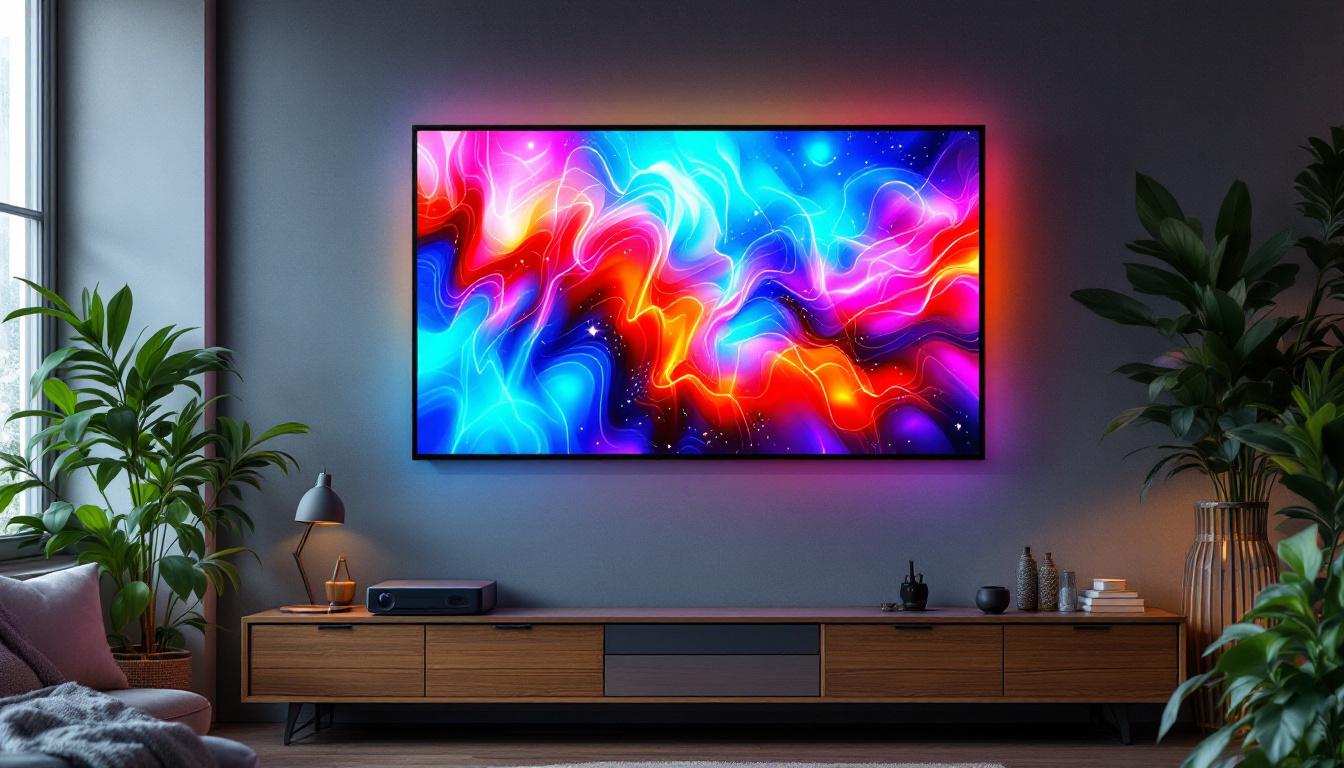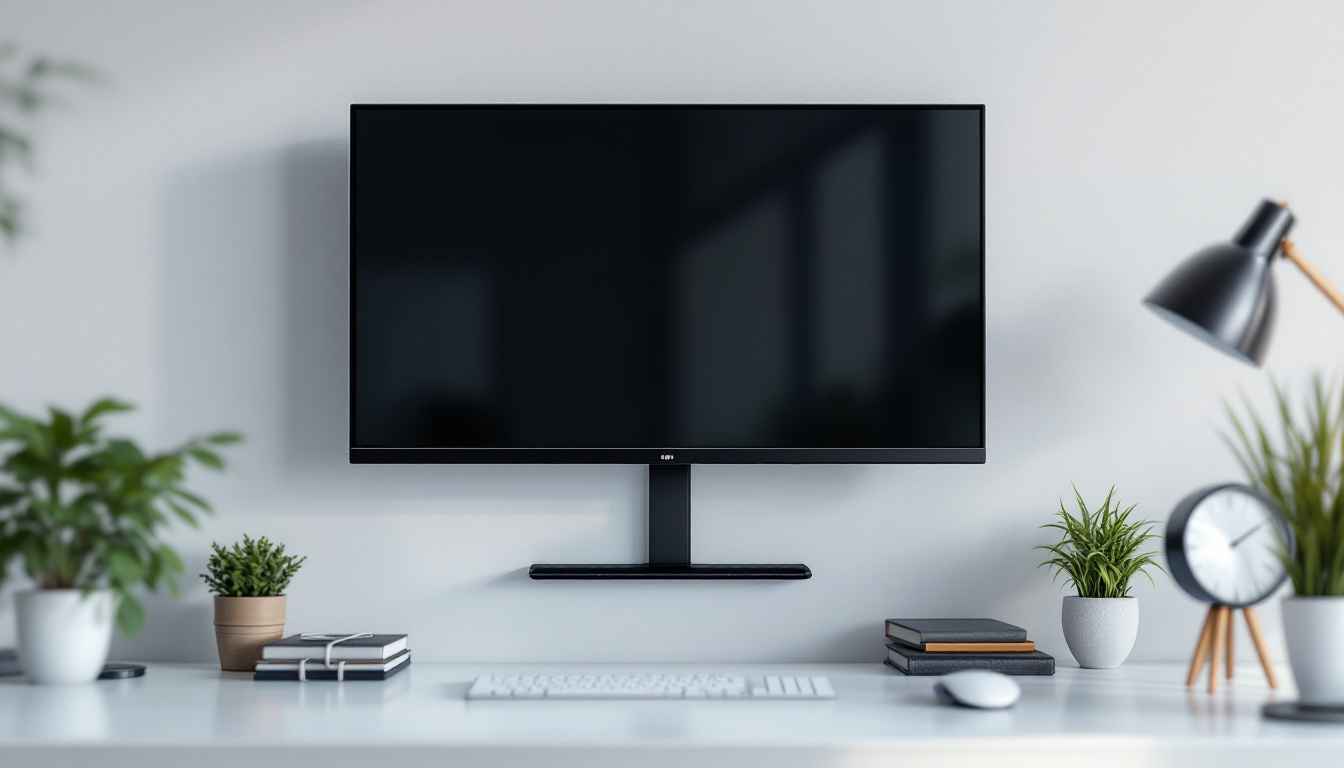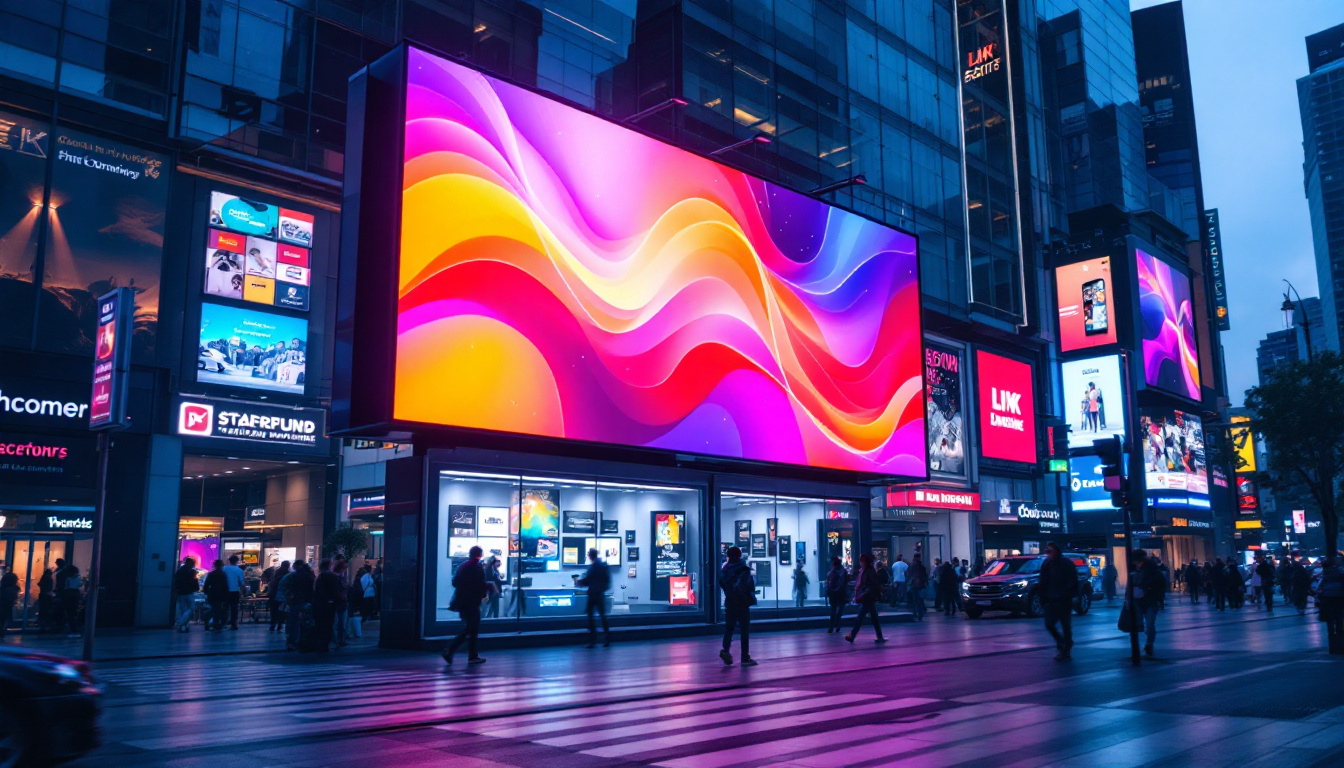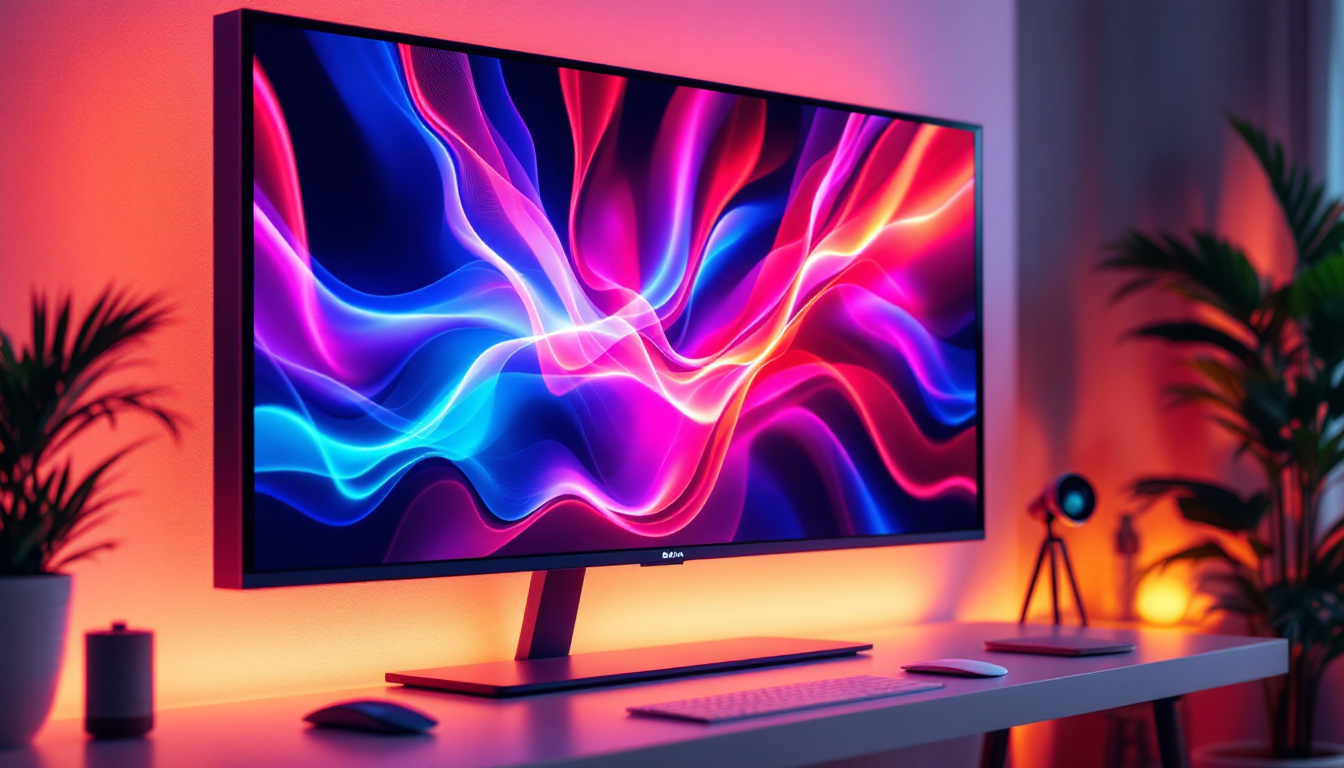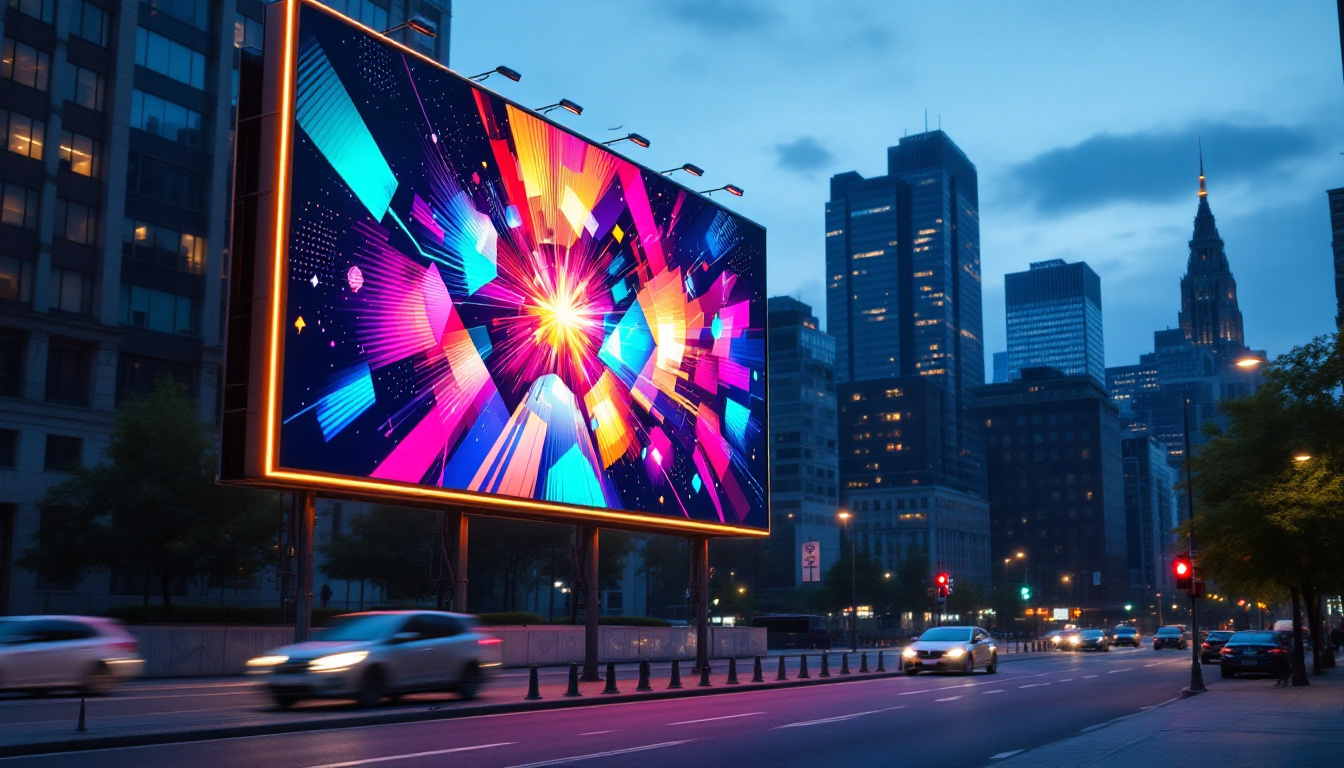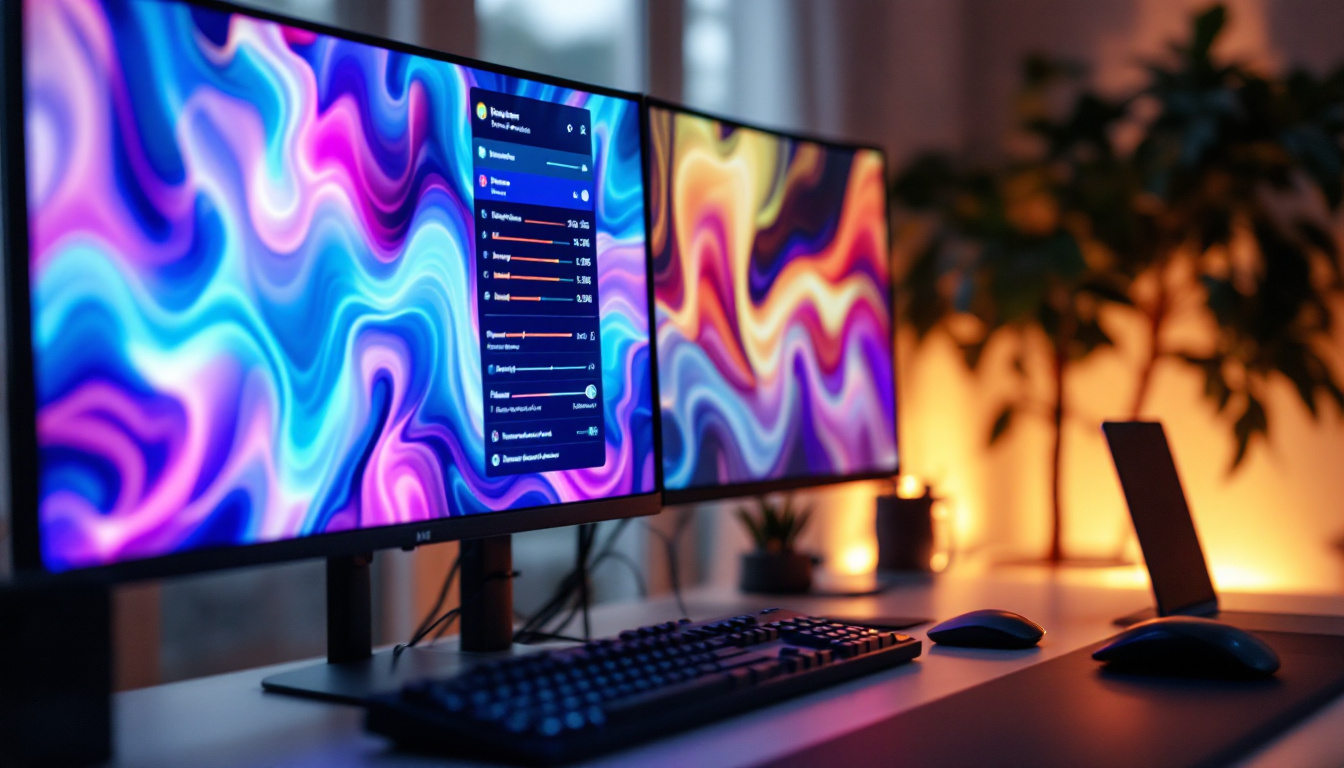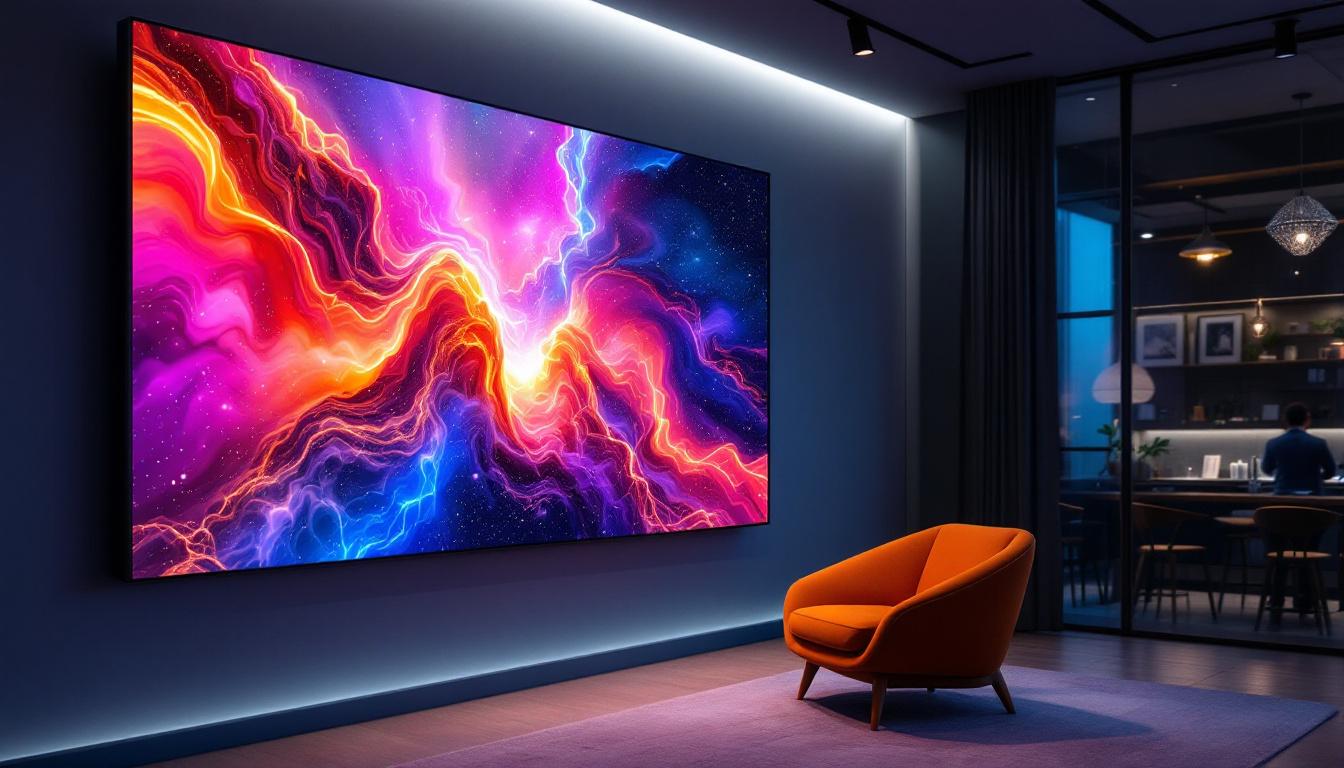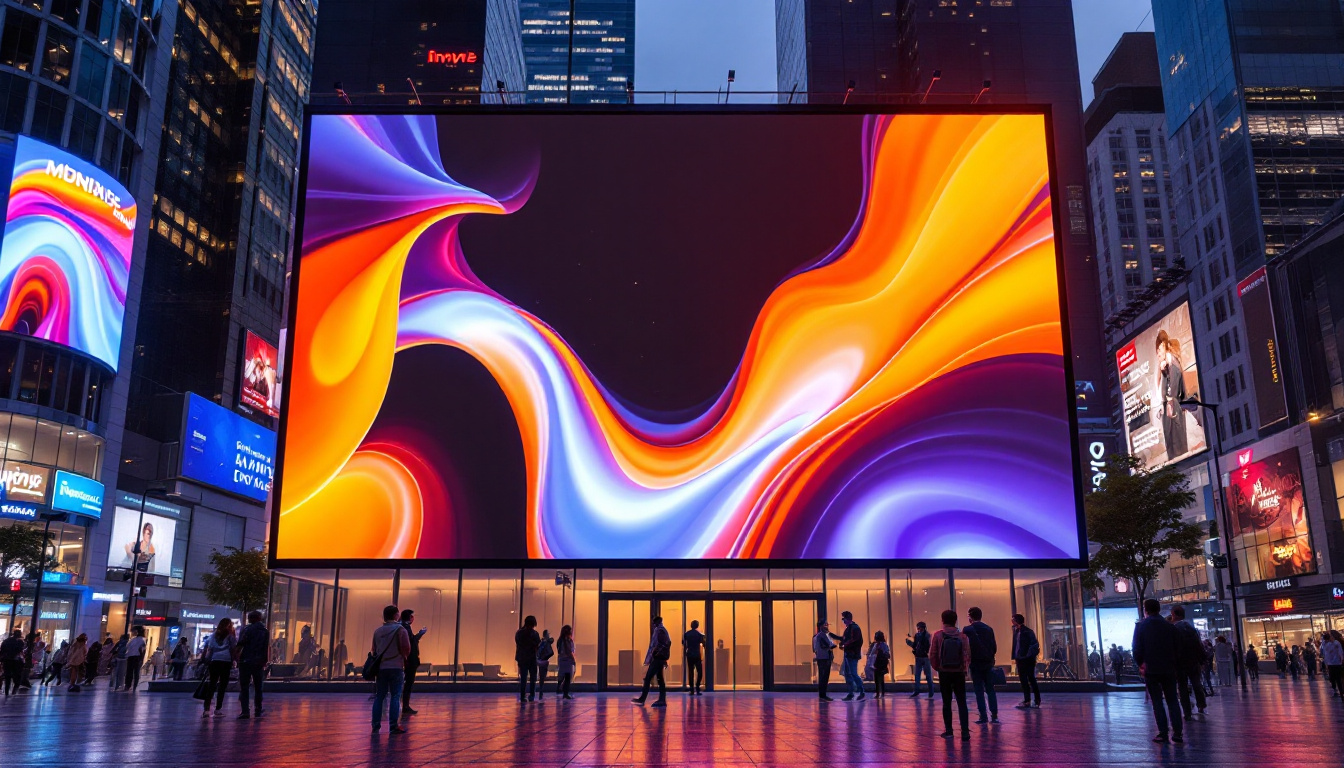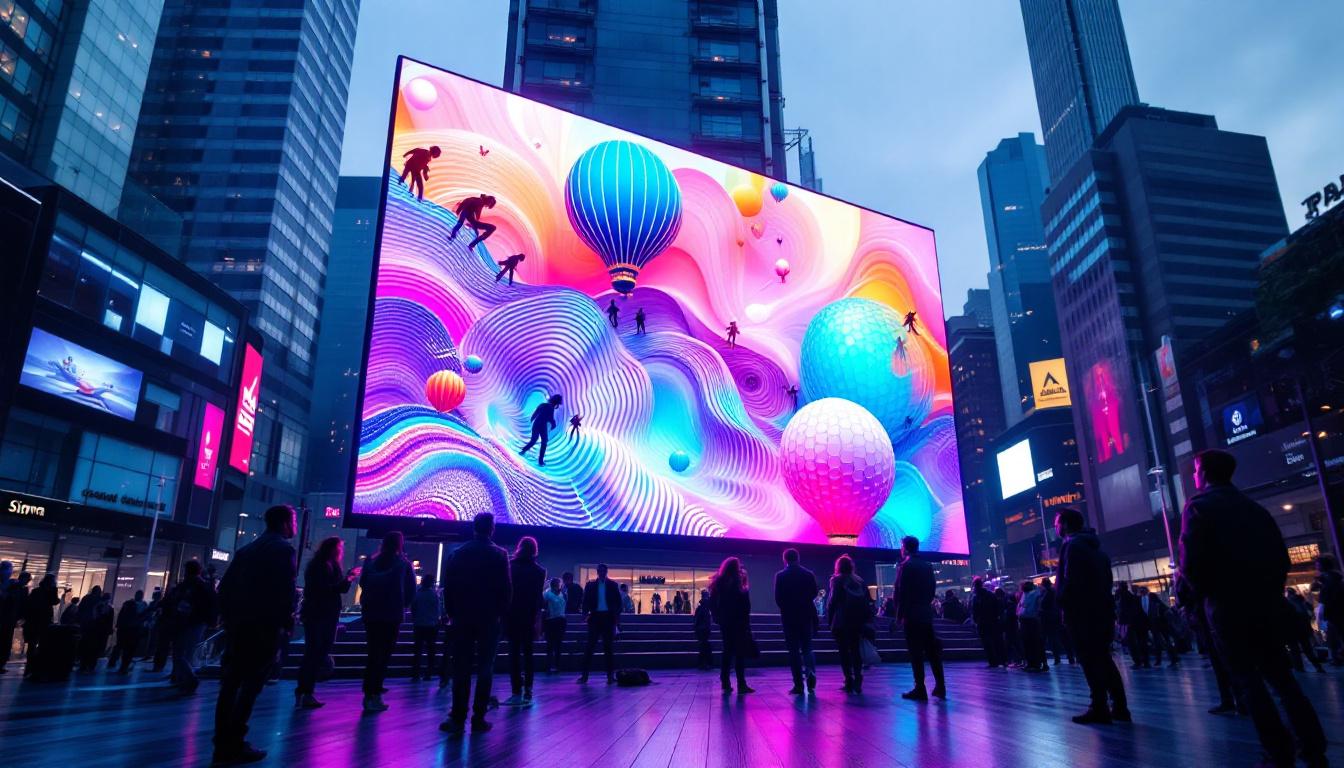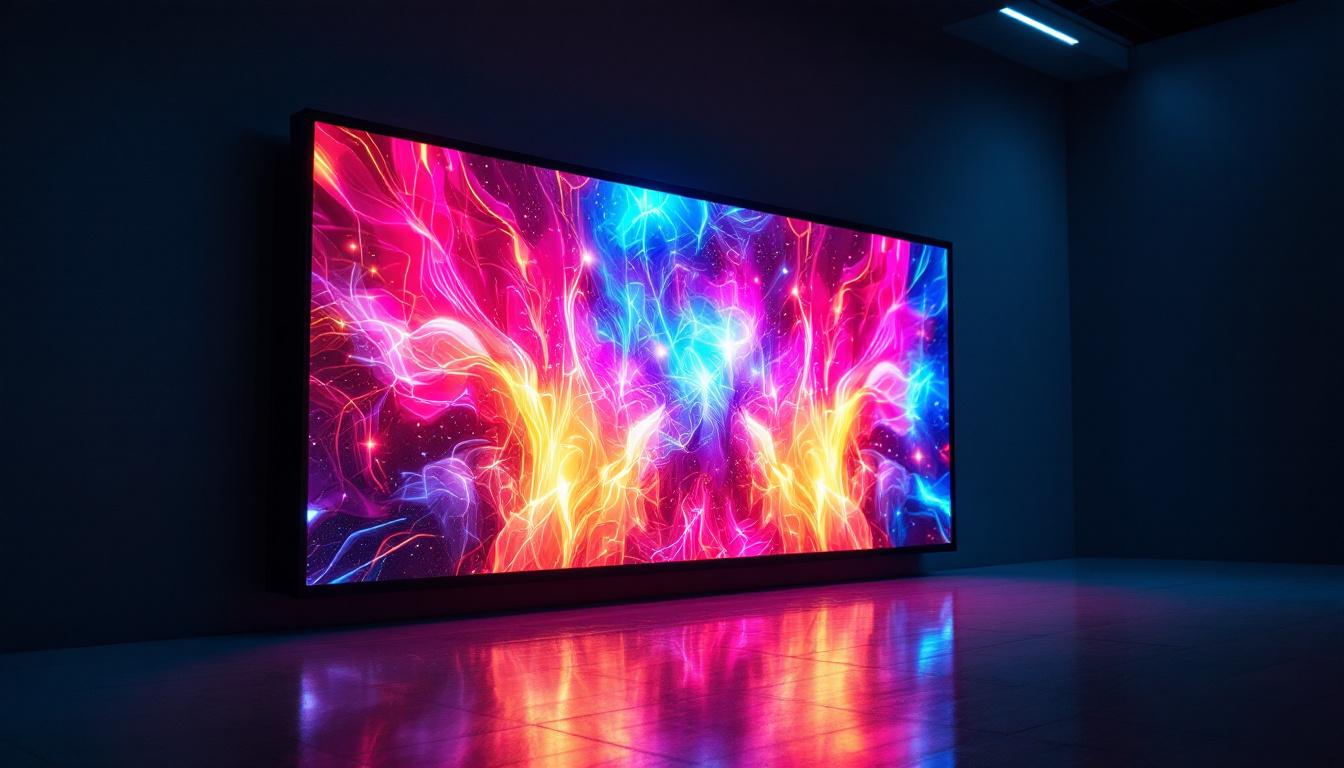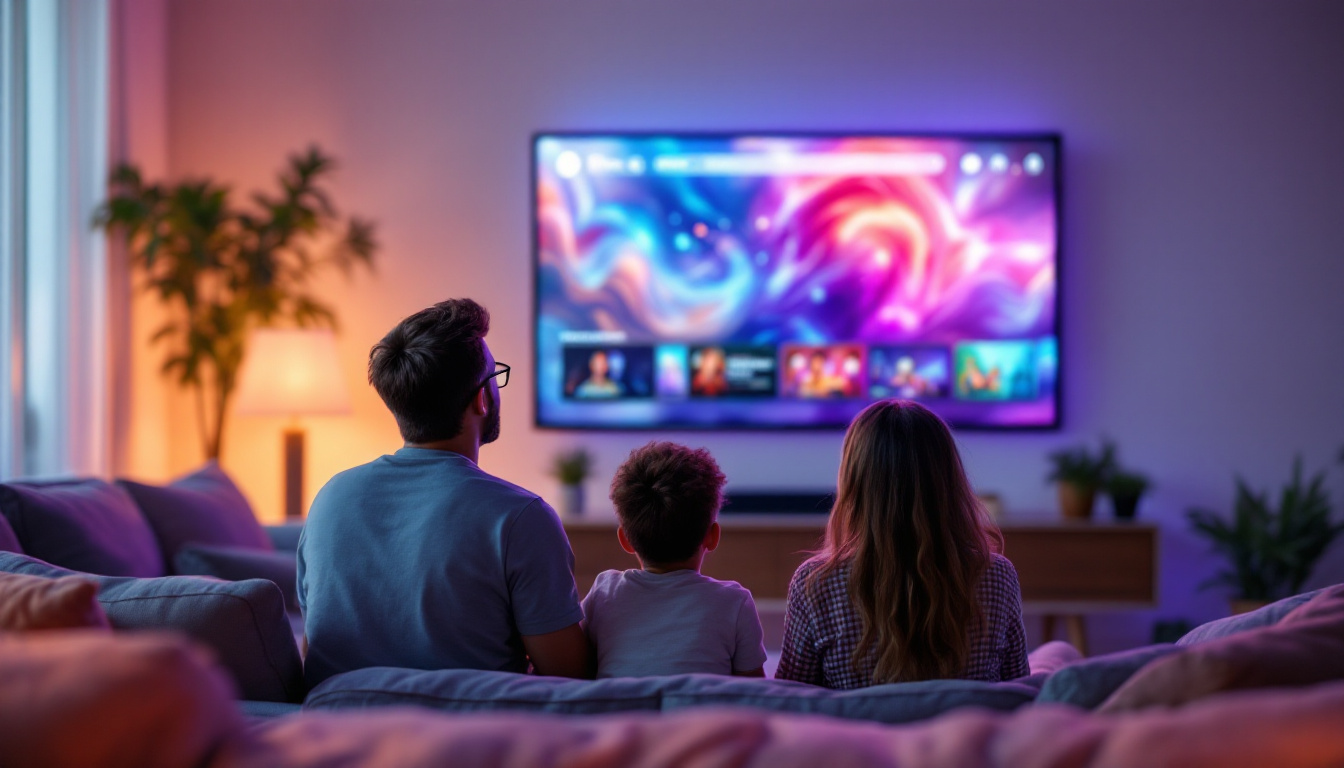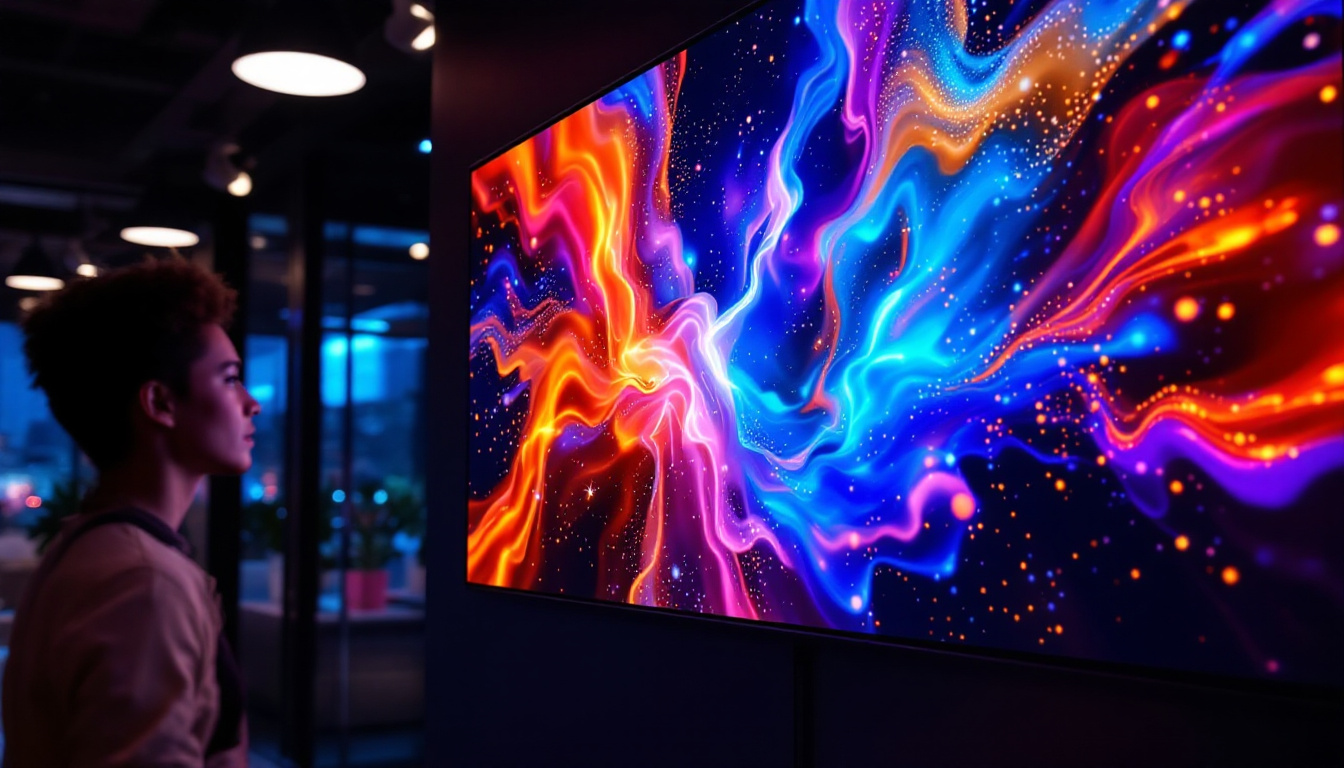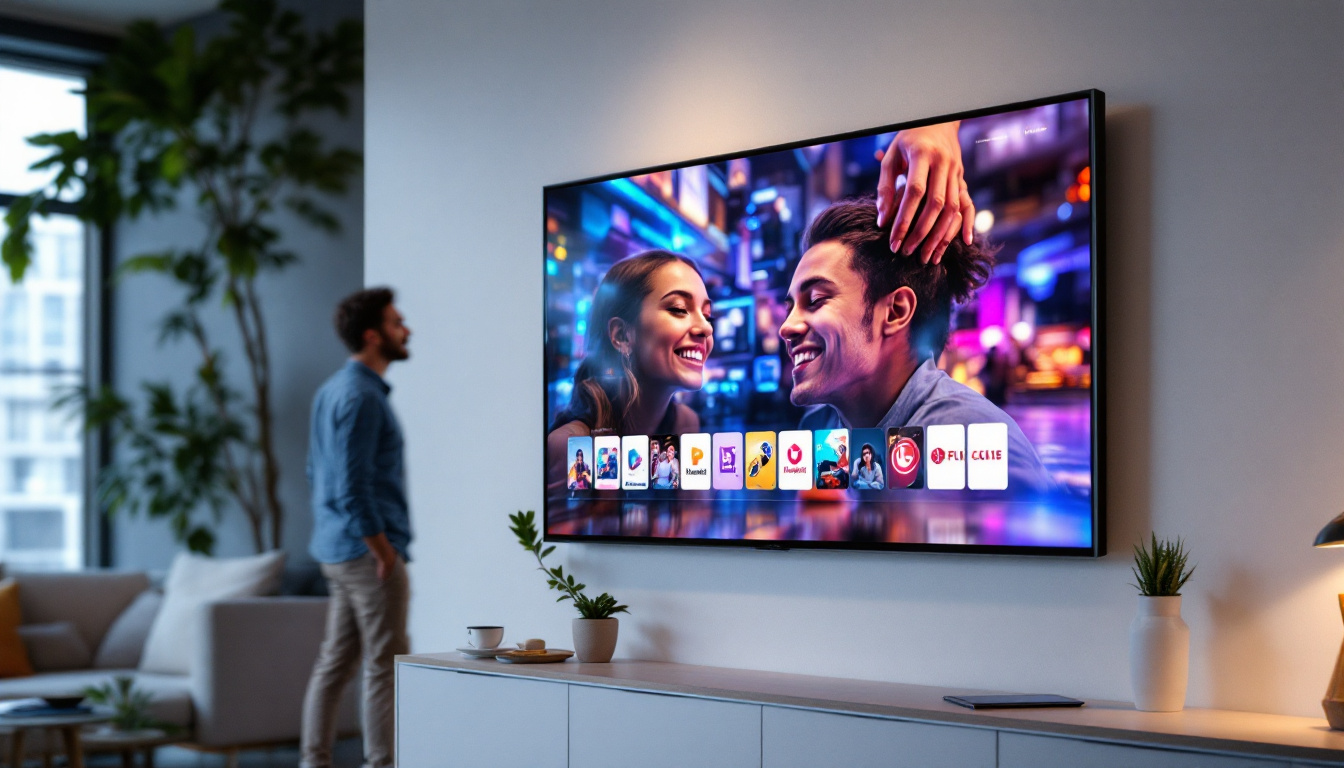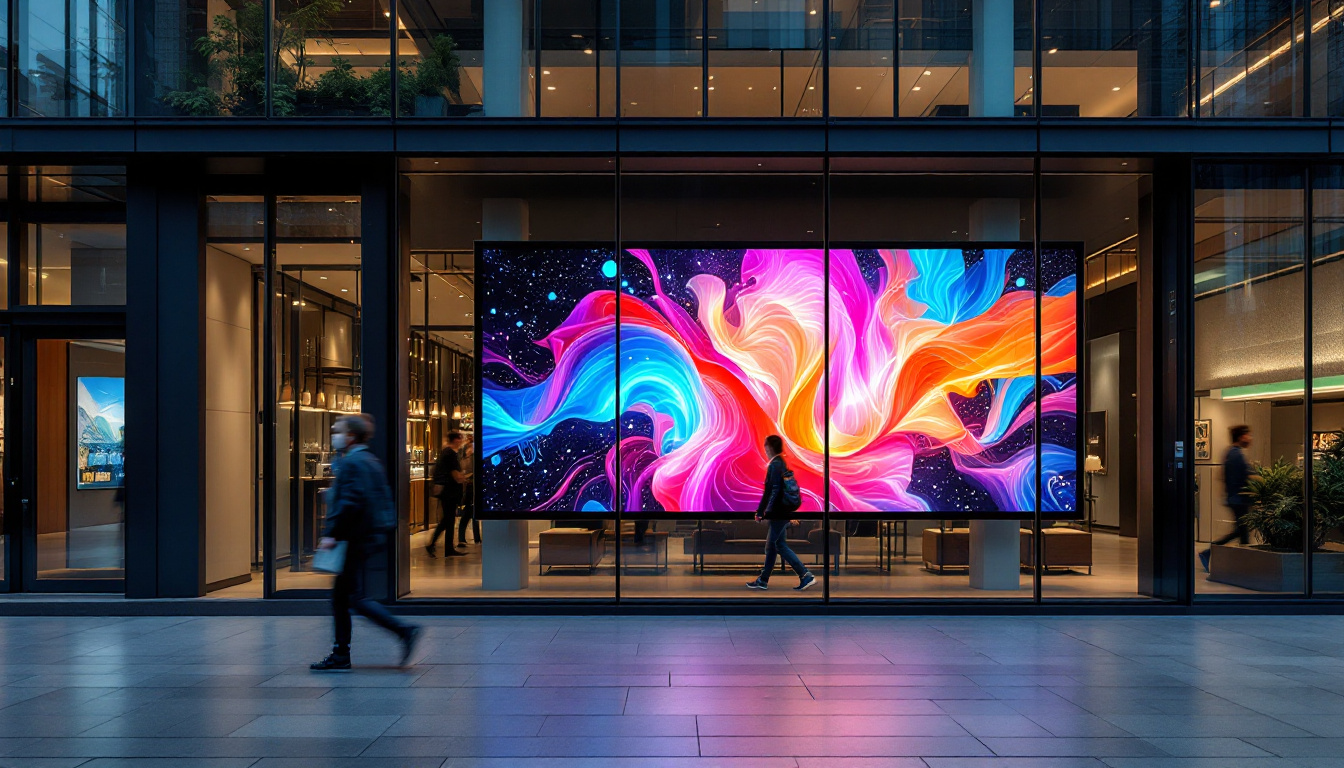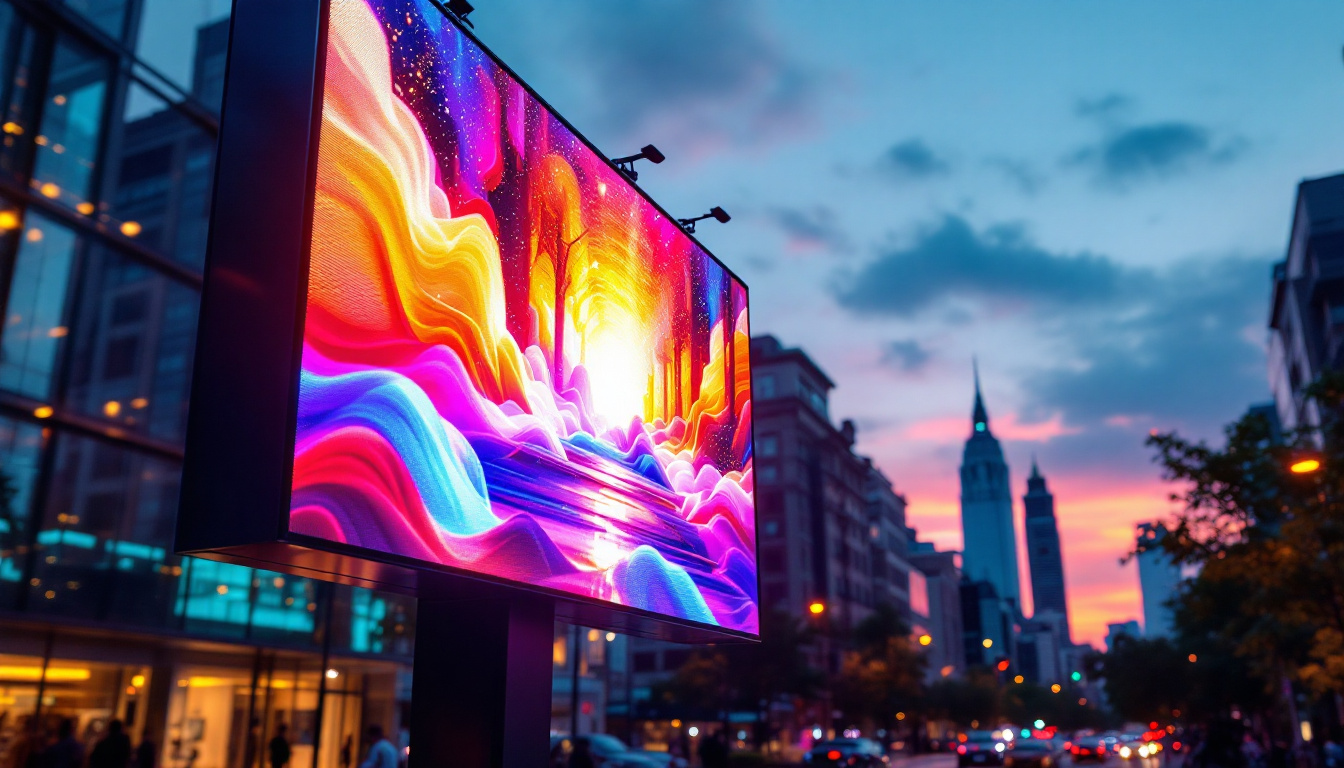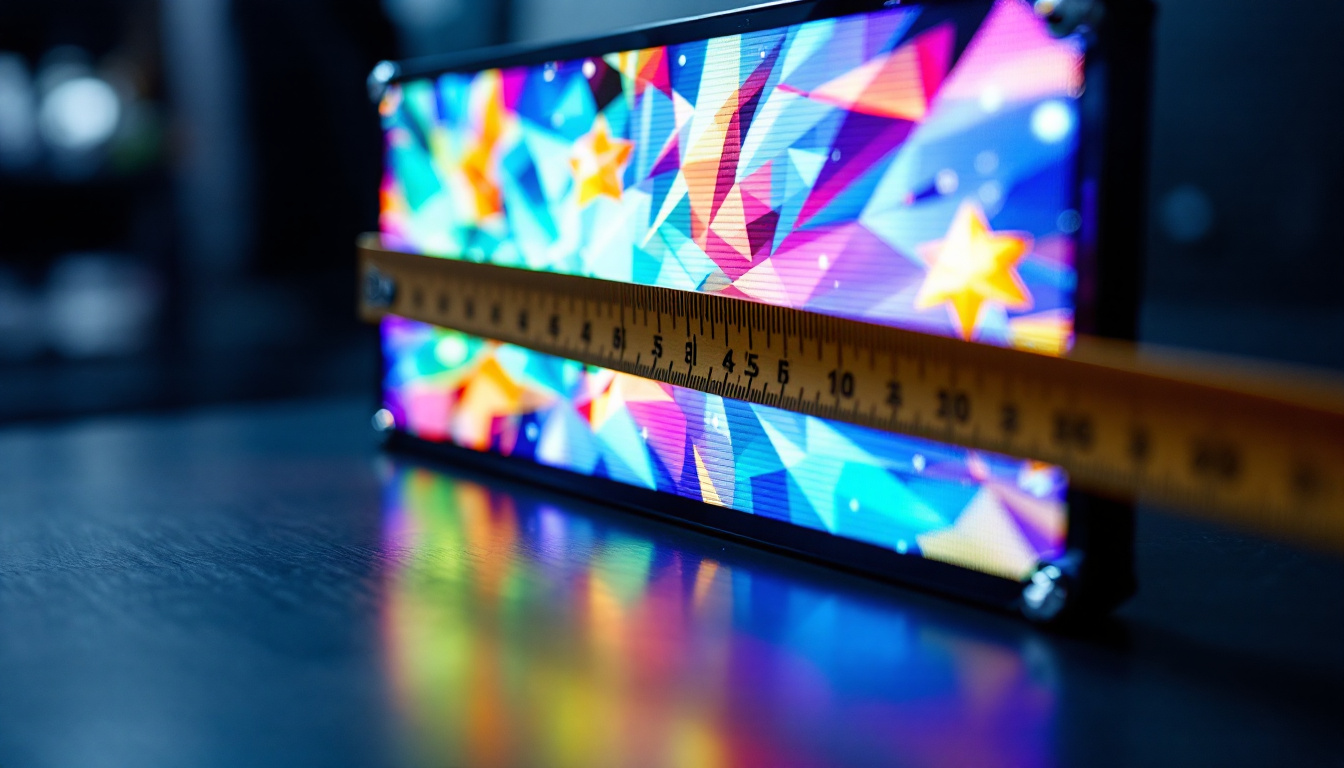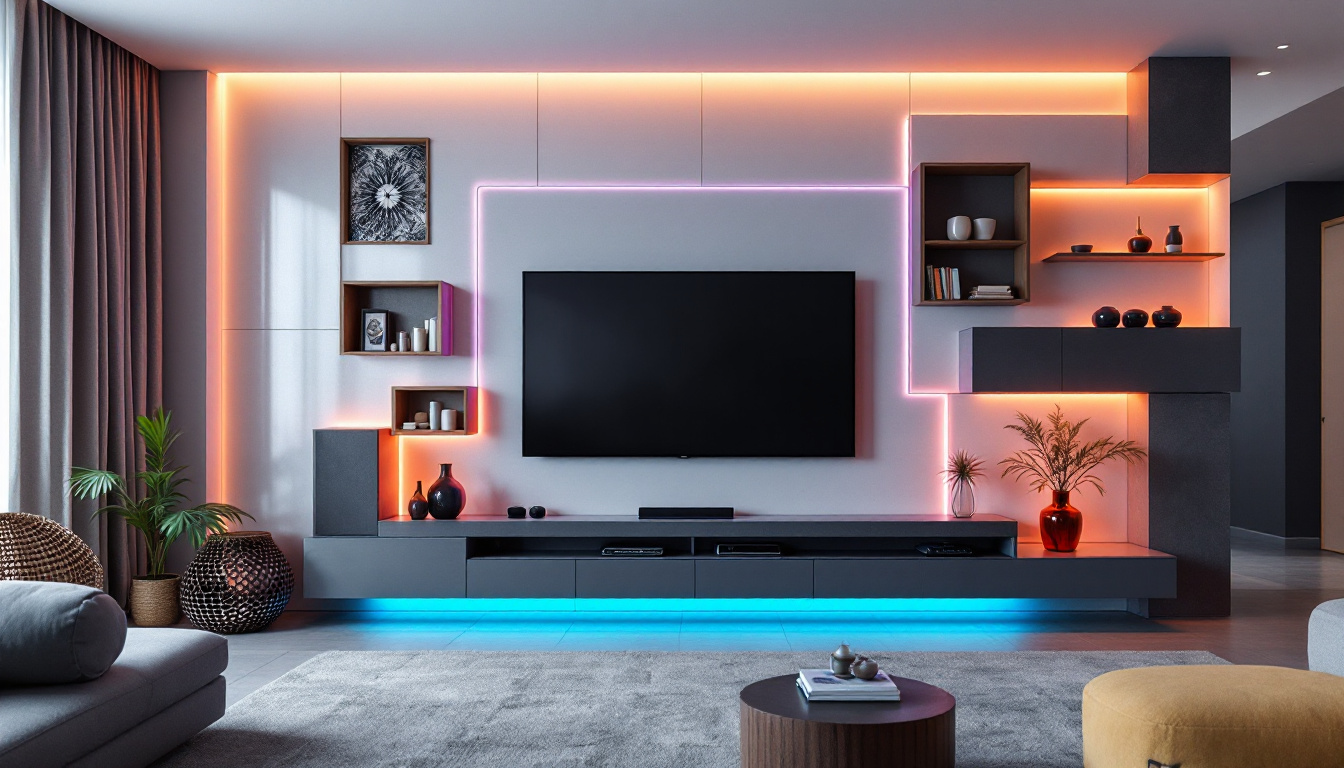In today’s fast-paced digital world, the demand for interactive displays has surged, particularly in commercial settings. Touch screen monitors equipped with LED technology have become essential tools for businesses, enhancing customer engagement and streamlining operations. This article delves into the intricacies of commercial touch screen monitors, focusing on LED display technology and its applications in various industries.
Understanding Touch Screen Technology
Touch screen technology has revolutionized the way users interact with devices. Unlike traditional monitors that rely solely on keyboard and mouse inputs, touch screens allow users to engage directly with the display. This interactivity has made touch screens a popular choice in commercial environments, where quick and intuitive access to information is crucial.
Types of Touch Screen Technologies
There are several types of touch screen technologies available, each with its own advantages and disadvantages. The most common types include resistive, capacitive, and infrared touch screens. Understanding these technologies can help businesses choose the right solution for their needs.
Resistive touch screens consist of two flexible layers separated by a small gap. When pressure is applied to the screen, the layers touch, registering the input. This technology is cost-effective and works well in various environments, including those with heavy use or where users wear gloves. Additionally, resistive screens can be operated with a stylus or any other pointed object, making them versatile in industrial applications where precision is key.
Capacitive touch screens, on the other hand, use the electrical properties of the human body to detect touch. These screens are more responsive and support multi-touch capabilities, making them ideal for applications that require gestures and complex interactions. However, they may not perform well in environments where users wear gloves. The clarity and brightness of capacitive screens also enhance user experience, making them a preferred choice for smartphones and tablets where visual quality is paramount.
Applications of Touch Screen Monitors
Commercial touch screen monitors find applications across various sectors, including retail, hospitality, healthcare, and education. In retail, for example, interactive displays can enhance customer experience by providing product information and facilitating self-service checkouts. In healthcare, touch screens can streamline patient check-in processes and improve access to medical records. Moreover, touch screens in hospitals can be used for real-time monitoring of patient vitals, ensuring that healthcare professionals have immediate access to critical data.
In the education sector, touch screen monitors are increasingly used in classrooms to facilitate interactive learning. Teachers can engage students through multimedia presentations and collaborative activities, fostering a more dynamic educational environment. Beyond traditional teaching methods, these screens enable students to participate in virtual field trips or interactive science experiments, bridging the gap between theoretical knowledge and practical application. Furthermore, the integration of touch screen technology in educational tools promotes inclusivity, allowing students with varying learning styles to engage with the material in a way that suits them best.
LED Display Technology: An Overview
Light Emitting Diode (LED) technology has transformed display screens, offering numerous advantages over traditional LCD and CRT displays. LED displays are known for their brightness, energy efficiency, and longevity, making them ideal for commercial applications.
How LED Displays Work
LED displays utilize semiconductor technology to emit light when an electric current passes through them. This process allows for vibrant colors and high contrast ratios, resulting in sharp and clear images. Unlike traditional displays that use fluorescent backlighting, LED displays can achieve deeper blacks and brighter whites, enhancing the overall visual experience.
Moreover, LED displays can be designed in various configurations, including flat panels, video walls, and even flexible screens. This versatility allows businesses to create customized solutions that cater to their specific needs, whether for advertising, information dissemination, or interactive kiosks.
Advantages of LED Displays
One of the most significant advantages of LED displays is their energy efficiency. Compared to traditional LCDs, LED screens consume less power, which can lead to substantial cost savings for businesses over time. Additionally, LED displays have a longer lifespan, often lasting tens of thousands of hours, reducing the need for frequent replacements.
Brightness is another critical factor where LED displays excel. They can produce bright images even in well-lit environments, making them suitable for outdoor advertising and retail spaces. This capability ensures that content remains visible and engaging, regardless of ambient lighting conditions.
Commercial Touch Screen Monitors with LED Technology
Combining touch screen functionality with LED display technology creates a powerful tool for businesses. Commercial touch screen monitors equipped with LED displays offer an interactive experience while providing the visual clarity and vibrancy that modern users expect.
Key Features to Consider
When selecting a commercial touch screen monitor with LED technology, several key features should be taken into account. These features can significantly impact the overall performance and user experience.
First, consider the screen size and resolution. Larger screens with higher resolutions provide more detailed visuals, making them ideal for presentations and interactive applications. Additionally, a high resolution ensures that text and images remain sharp, enhancing readability.
Another important feature is touch sensitivity. Monitors with advanced touch technology offer better responsiveness and accuracy, allowing users to interact seamlessly with the display. Multi-touch capabilities can also enhance the user experience, enabling gestures such as pinch-to-zoom and swipe.
Durability and Build Quality
In commercial settings, durability is paramount. Touch screen monitors should be built to withstand heavy use and potential damage. Look for monitors with reinforced glass or anti-glare coatings, which can protect against scratches and improve visibility in bright environments.
Furthermore, consider the monitor’s operating temperature range and environmental ratings. Monitors designed for outdoor use or extreme conditions will be more resilient and reliable, ensuring consistent performance in various settings.
Integration and Connectivity
For commercial touch screen monitors to function effectively, they must integrate seamlessly with existing systems and technologies. Connectivity options play a crucial role in this integration, allowing businesses to connect their monitors to various devices and networks.
Common Connectivity Options
Most commercial touch screen monitors offer a range of connectivity options, including HDMI, DisplayPort, USB, and VGA. These ports enable easy connections to computers, media players, and other devices, facilitating a smooth workflow.
Additionally, some monitors come equipped with wireless connectivity options, such as Wi-Fi and Bluetooth. This feature allows for greater flexibility in placement and reduces cable clutter, making the workspace more organized and efficient.
Software Compatibility
Another critical aspect of integration is software compatibility. Commercial touch screen monitors should support various operating systems and applications to ensure they can be used effectively in different business environments. This compatibility allows for the use of specialized software, such as point-of-sale systems, digital signage, and interactive presentations.
Cost Considerations
Investing in commercial touch screen monitors with LED technology can be a significant financial commitment. However, understanding the cost factors involved can help businesses make informed decisions that align with their budgets and operational needs.
Initial Investment vs. Long-Term Savings
The initial cost of touch screen monitors may be higher than traditional displays, but the long-term savings can outweigh this investment. LED technology’s energy efficiency can lead to reduced electricity bills, while the durability of these monitors can decrease replacement costs over time.
Additionally, the enhanced customer engagement and operational efficiency provided by touch screen monitors can result in increased sales and productivity, further justifying the initial expenditure. Businesses should consider the return on investment (ROI) when evaluating the cost of these technologies.
Budgeting for Maintenance and Support
Beyond the initial purchase, businesses should also budget for ongoing maintenance and support. Regular maintenance can extend the lifespan of touch screen monitors and ensure optimal performance. This may include cleaning, software updates, and technical support.
Investing in a warranty or service plan can provide peace of mind, protecting against unexpected repair costs and ensuring that any issues are addressed promptly. Businesses should weigh the costs of these services against the potential downtime and loss of productivity that could occur without them.
Future Trends in Touch Screen Monitors
The landscape of commercial touch screen monitors is continually evolving, driven by advancements in technology and changing user expectations. Staying informed about future trends can help businesses remain competitive and leverage the latest innovations.
Advancements in Touch Technology
Future developments in touch technology are likely to enhance the user experience further. Innovations such as haptic feedback, which provides tactile sensations in response to touch, can make interactions more engaging and intuitive. Additionally, advancements in gesture recognition may allow users to control displays without physical contact, offering new possibilities for hygiene and convenience.
Integration with Smart Technologies
As the Internet of Things (IoT) continues to expand, touch screen monitors are expected to integrate more seamlessly with smart technologies. This integration may enable features such as remote monitoring, real-time data updates, and advanced analytics, allowing businesses to make data-driven decisions quickly.
Moreover, the rise of artificial intelligence (AI) could lead to smarter touch screen interfaces that learn user preferences and adapt accordingly, creating a more personalized experience for customers and employees alike.
Conclusion
Commercial touch screen monitors equipped with LED display technology represent a powerful tool for businesses looking to enhance customer engagement and improve operational efficiency. By understanding the various aspects of touch screen technology, LED displays, and their applications, organizations can make informed decisions that align with their goals.
As technology continues to evolve, staying abreast of trends and advancements will be crucial for businesses seeking to leverage the full potential of touch screen monitors. Investing in these technologies not only improves user experience but also positions businesses for success in an increasingly digital world.
Discover LumenMatrix’s Advanced LED Display Solutions
Ready to elevate your business’s interactive display capabilities? Explore LumenMatrix’s comprehensive range of LED display solutions, designed to captivate your audience and enhance your brand’s visibility. From Indoor and Outdoor LED Wall Displays to innovative LED Posters and Transparent Displays, LumenMatrix is at the forefront of creating immersive visual experiences. Whether you’re looking to engage customers, showcase your message, or create a dynamic environment, our cutting-edge technology is tailored to meet your needs. Check out LumenMatrix LED Display Solutions today and transform your visual communication with clarity and impact.

